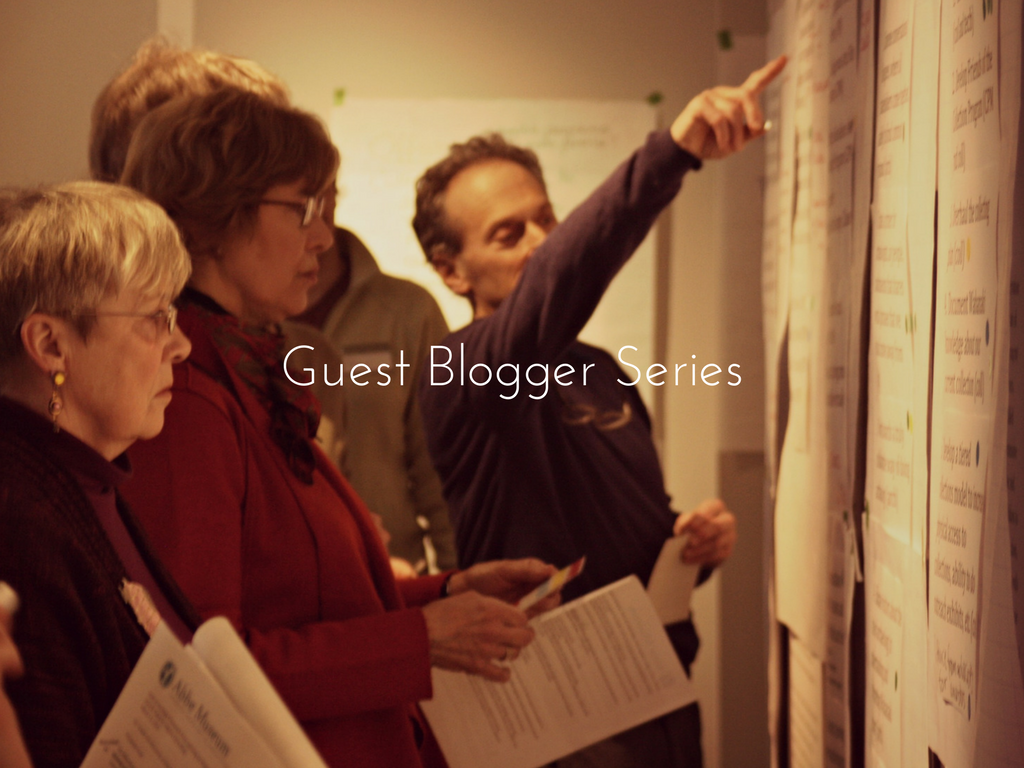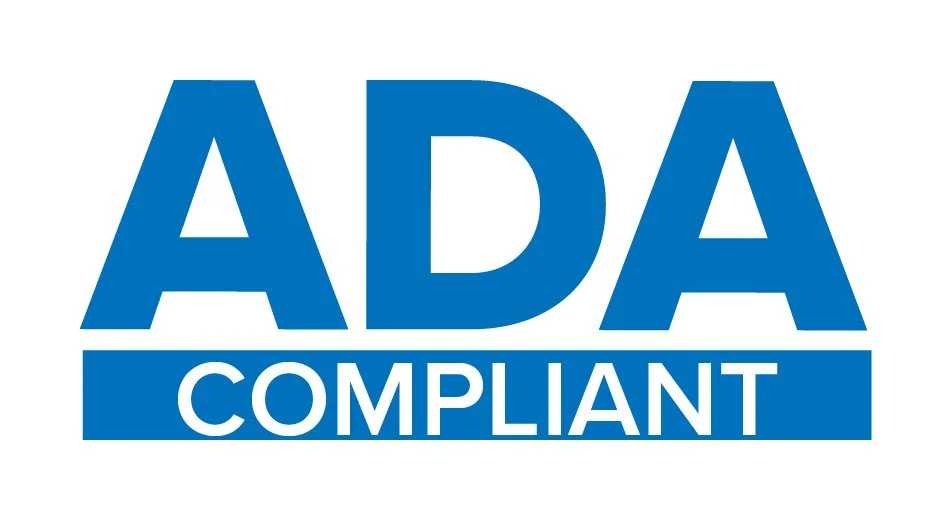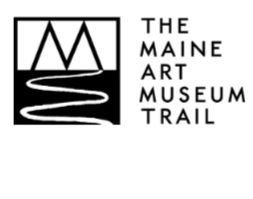Who Was Here First?
/By Bill Haviland, Abbe Museum Trustee
Previously published by Island Ad-Vantages, April 17, 2008
A question frequently asked of me is: Who were the original inhabitants of the Deer Isle region? The answer is a people who called themselves Etchemins (skicin in Passamaquoddy), meaning “real people” as opposed to animals, monsters, and other people. Their homeland, which stretched from the Kennebec to the Saint John River they called Ketakamigwa, meaning “the big land on the sea coast.” West of them lived a people the French called Armouchiquise, from the Etchemin word meaning “dog people.” Included among them were the Abenakis (“dawn land people”), whose homeland extended from the Kennebec to the Merrimack River, and west to Lake Champlain. Their name for themselves was Alnambak, meaning “real people”: the name Abenaki is what Indians living in Quebec called them.
North and east of the Etchemins lived people the French called Souriquois, known today as Mi’kmaqs (meaning “kin friends”). Their original name for themselves was U’nu’k meaning - guess what? - "humans” or “people.”
All these people spoke closely related languages and had long traded with one another. Animal hides and copper from mines in Nova Scotia were exchanged for corn and beans grown by the Abenakis. This peaceful exchange was upset in the sixteenth century with the arrival of the French in Mi’kmaq country. Redirecting their trade to these newcomers (called wenuj meaning “who is that?”) the Mi’kmaqs gained access to guns and sailing vessels, allowing them to raid their neighbors along the coast for the things they had earlier obtained through trade. Allied with them in this raiding were the Etchemins living east of Schoodic, who are known today as Passamaquoddys (“people of the pollack plenty place”) and Maliseets (or wolastoqiyik, "people of the beautiful river"). Collectively, these people were called Tarrentines (“traders”) by the English.
To defend themselves against these raiders from Downeast, the western Etchemins entered into an alliance with the Abenakis living between the Kennebec and Cape Neddick. Known as the Mawooshen Confederacy, the name means “band of people walking or acting together.” It was headed by a grand chief named Bashabas, whose headquarters was up the Penobscot River at the mouth of the Kenduskeag Stream. As was the custom when referring to people or things of exceptional prominence, he was often referred to as “The Bashabas.”
Disaster befell the Mawooshen Confederacy in 1615 when Mi’kmaq raiders managed to kill Bashabas. On top of this came “the great dying,” an epidemic that killed up to 90 percent of coastal populations. To replenish their numbers, the local Etchemins encouraged their surviving Abenaki allies, who were under pressure from the growth of English colonies to the south, to join their communities. It is these descendants of the old Mawooshen Confederacy who became known as Penobscots. Eventually, the Abenaki language became dominant among them, although some Etchemin words still persist today. Among the Passamaquoddy and Maliseet, by contrast, modern versions of the old Etchemin language are still spoken.
By 1700, in the face of continued pressures from the English, the Penobscots joined with other Abenakis as well as their former adversaries down east to form the Wabanaki ("dawn land”) Confederacy. On a grander scale, it represented a revival of the old Mawooshen idea. Still today, these people of northern New England and Canada’s Atlantic Provinces are collectively known as Wabanakis.
About the Author
Dr. Bill Haviland is Professor Emeritus at the University of Vermont, where he founded the Department of Anthropology and taught for thirty-two years. He is a leader in his field and has written numerous research articles and books and lectured on such diverse topics as ancient Maya settlement patterns, social organization, skeletal remains, gender and graffiti in Tikal, and the culture history and present situation of Abenaki Indians in Vermont. Bill is now retired from teaching and continues research, writing, and lecturing from the coast of Maine. His most recent books are At the Place of the Lobsters and Crabs: Indian People and Deer Isle Maine 1605-2005 (2009) and Canoe Indians of Down East Maine (2012).
Guest Blogger Series
Our Guest Blogger Series is written by members of the Abbe Museum's Board of Trustees, Native Advisory Council, Staff, and special guest authors. It is a place to talk about the Museum's mission and related topics. Interested in becoming a Guest Blogger? Contact the Abbe's Director of Advancement, Heather Anderson, for more details at heather@abbemuseum.org.






